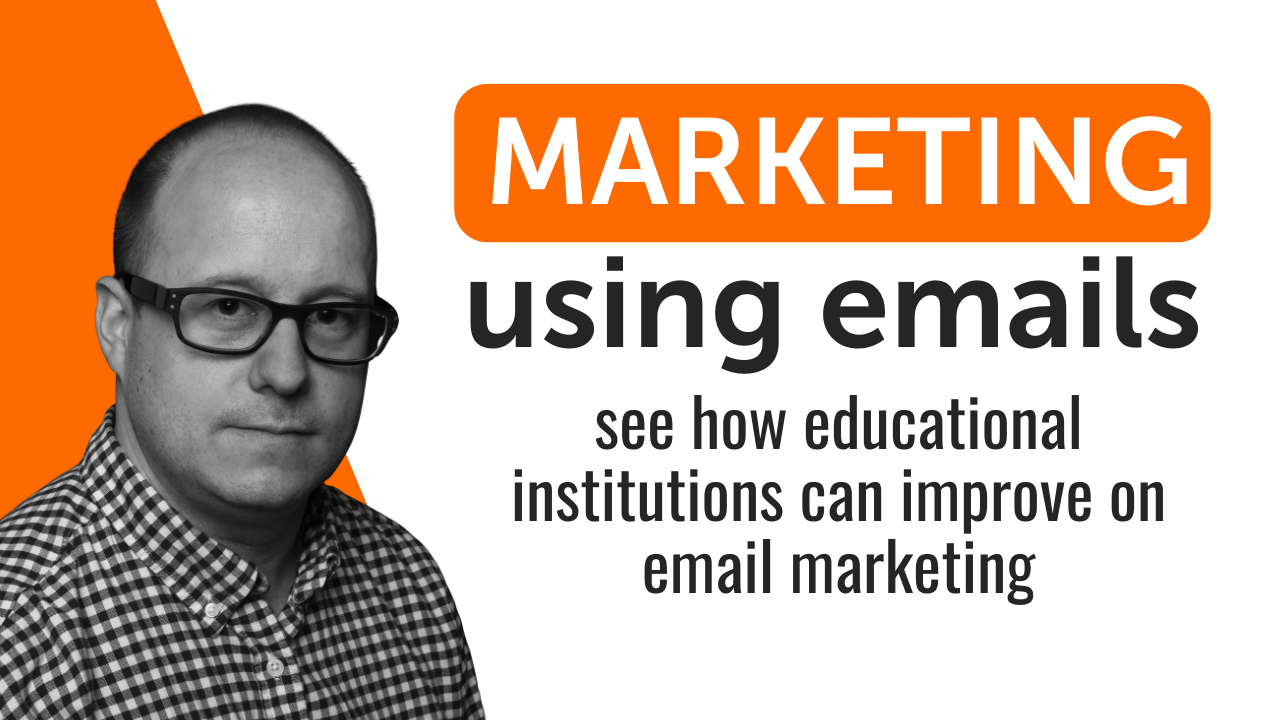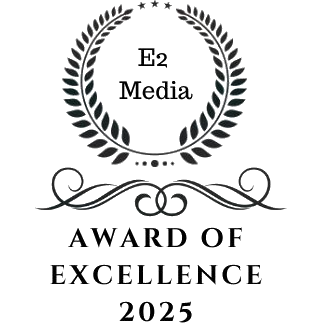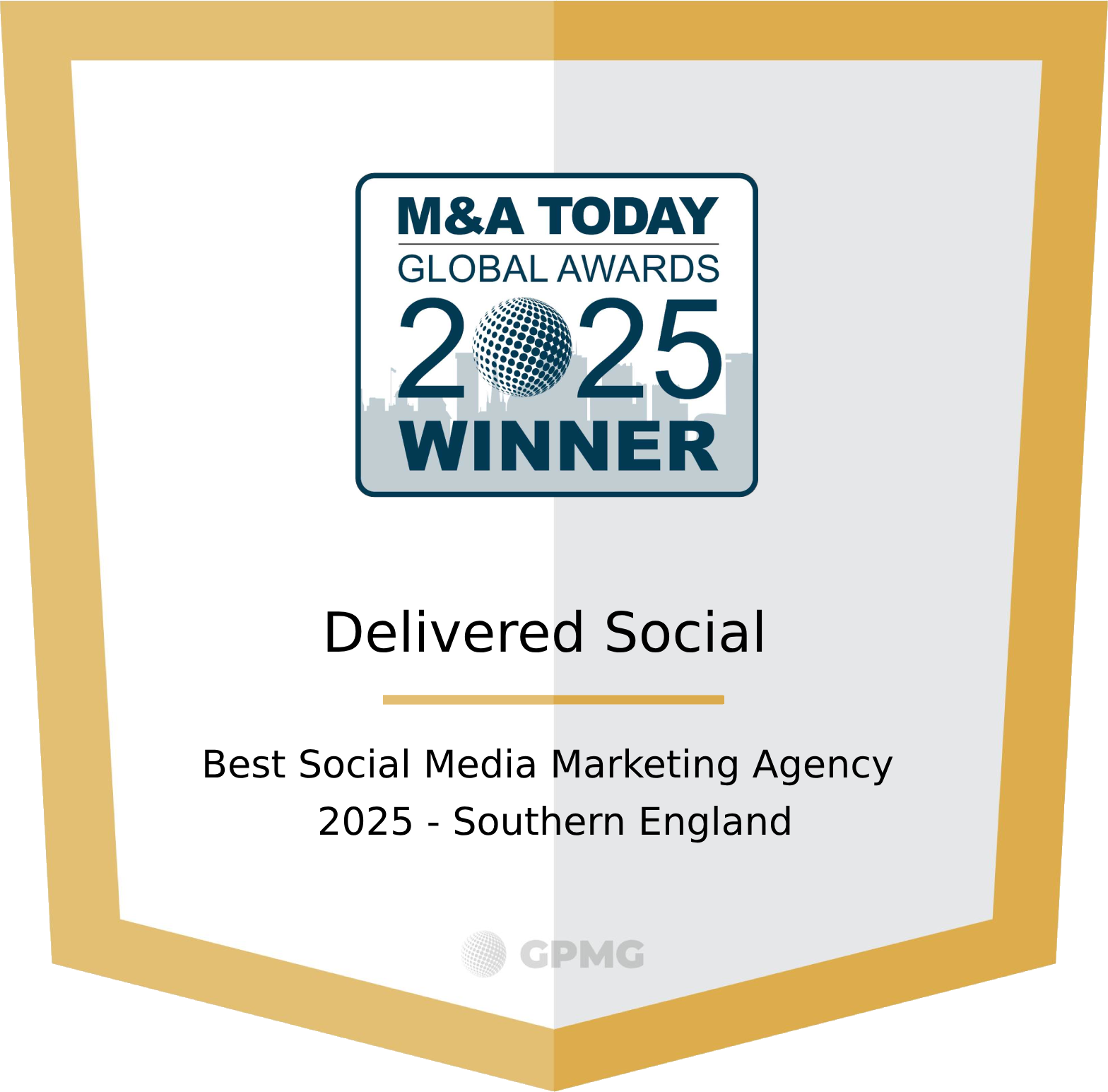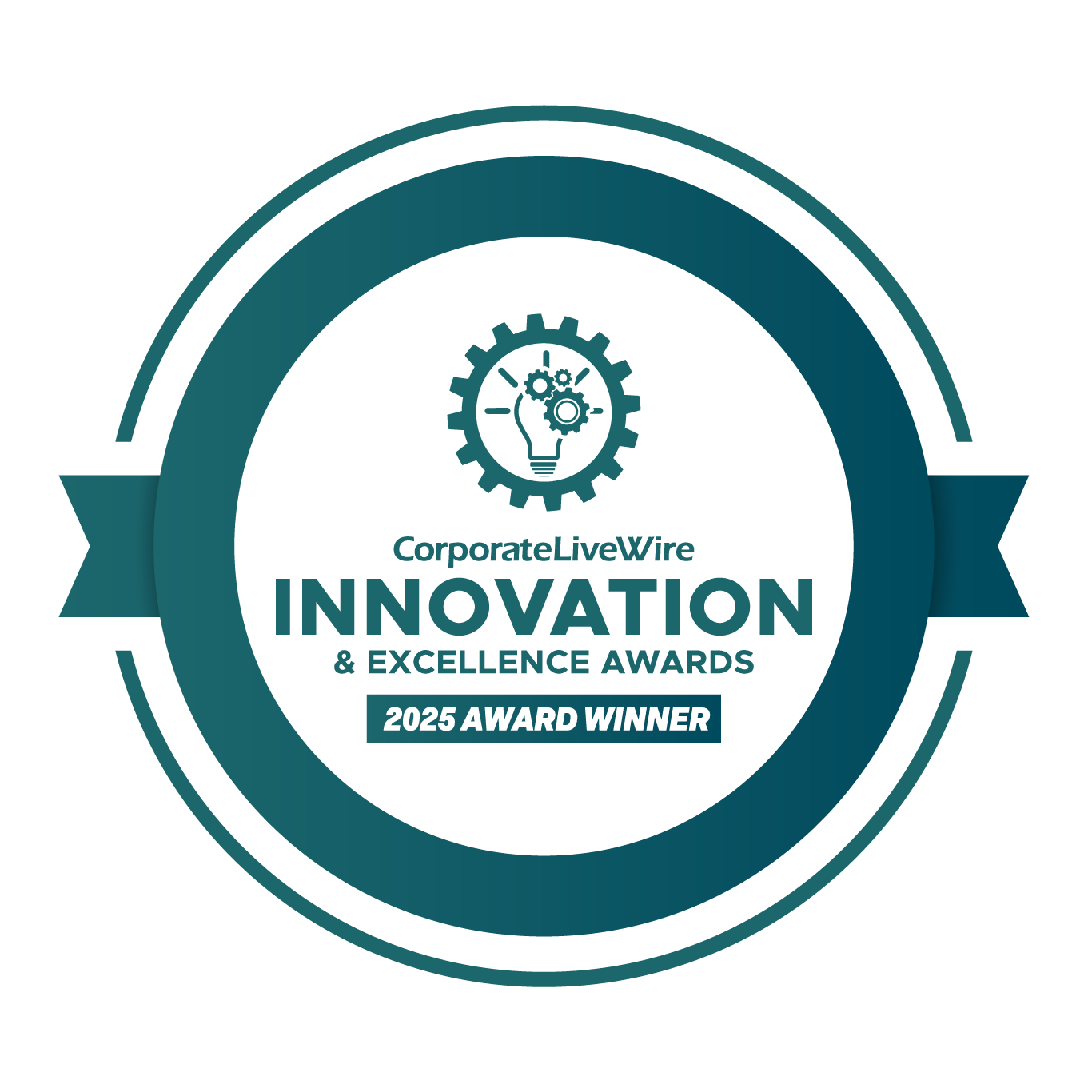
Email marketing has become a potent tool in the digital era. Educational institutions can connect with staff, parents, alumni, and students. Successful email campaigns may increase participation. They could offer crucial updates and foster a feeling of community. Still, creating effective email advertising for educational institutions demands a systematic strategy. Let’s sort out a thriving email marketing perspective. We should learn how to craft and develop communications. Your academic journey is to be even more exciting!
Reaching Target Demographics
The key to effective email marketing is knowing who you work with and for. Educational institutions get more than a clear vision. Their demographics usually consist of faculty members, parents, alumni, and current and potential students. Different groups have different requirements and interests. The email content should take those things into account. Otherwise, institutions risk losing relevance and image. Picking the wrong audiences will also distract the loyal ones. They would feel betrayed in lasting relationships, principles, and values.
Are you stuck with identifying your intended audiences? Turn to marketing essay help to simplify your task. Competent experts are here to assist and support you. They’ll make sure you’re on the right way. Their expertise varies from demographic identification to high-quality email content generation. Feel free to use the service and enjoy.

Segmenting Your Audience
Institutions should learn the technique of breaking up audiences into more manageable groups. Smaller teams will fall into certain categories. Segmentation enables messaging in a more pertinent and individualised manner. Possible groups are as follows:
- Current Students: Pay attention to resources, announcements of events, and academic developments.
- Prospective Students: Emphasise success stories, admissions deadlines, and campus visits.
- Parents: Give information about events, academic success, and student support programs.
- Alumni: Disseminate information on events, accomplishments, and opportunities for involvement.
You may increase the likelihood of interaction. Here, audience segmentation is the core. Just ensure that each group receives compelling information.
Crafting Compelling Content
Producing appealing material is a profound measure. It guarantees that your email marketing campaigns grab and hold the audience’s interest. Delivering tailored and actionable content means writing engaging productive emails. State the goal of each email in plain terms. Then, customise the content to adjust to demographics claims, and preferences. For instance, an email to present students might concentrate on impending deadlines or events. Message to prospective students should highlight the institution’s most advantageous possibilities and features. Content turns into a king in email marketing.
Using Clear And Concise Language
Emails ought to be simple to read and comprehend. Steer clear of sophisticated language and jargon. When communicating, choose unambiguous concise terminology. Two central aspects to cover:
- Subject Lines: Craft attention-grabbing subject lines. They should sum up the email’s content appropriately. You might add some details that proceed from the modern context. Students should know their institution stays progressive.
- Body Content: Use bullet points, subheadings, and brief paragraphs. Messages should be easier to scan. For example, bullet points could be used in a monthly newsletter. They would illustrate valid information and events.
Structuring content poses a solid tip to comply with. It contributes to retaining audiences’ attention. They will get to the main point in a few minutes or even seconds. That’s enough time for readers to grasp whether to read the entire message or skip it.
Including A Strong Call To Action (CTA)
Every email should include a clear call to action. Whether it’s registering for an event, applying for a program, or donating to a fund. A proper example is:
- Buttons vs. Text Links: Use buttons for primary actions (e.g., Apply now). Refer text links to secondary actions (e.g., Read more).
- Placement: Position the CTA above the fold (visible without scrolling). Repeat it if the email is long.
Overall, make sure the CTA is prominent and easy to proceed with.
Personalising Your Emails
Personalisation goes beyond using the recipient’s name. Tailor the content based on the recipient’s previous interactions, preferences, and behavior. It becomes possible with the next approaches:
- Dynamic Content: Use dynamic content blocks to display different messages based on the recipient’s profile. For example, prospective students might receive different content than current students.
- Personalised Greetings: Use the recipient’s name and relevant details to make the email feel more personal. For instance, “Dear Dorothy, as a prospective student interested in engineering…”
Personalising enables us to approach the client closely. You are to suit expectations. The result is building trust.
Design And Aesthetics
A well-designed email can significantly impact engagement rates. Visual appeal and usability are crucial for making a positive impression. The list of tips extends to mobile-responsive design, visual elements, and consistent branding.
Incorporating A Mobile-responsive Design: A growing number of users access emails on mobile devices. It’s vital to warrant that your emails are mobile-friendly. Use email templates that automatically adjust to different screen sizes. Regularly test your emails on various devices and email clients to ensure they render correctly.
Integrating Visual Elements: Visual elements such as images, videos, and infographics can enhance the email’s appeal and effectiveness. For images, use a high-quality format relevant to the content. For instance, include photos of campus events or student achievements. Embed videos to showcase virtual tours, faculty interviews, or event highlights.
Maintaining Consistent Branding: Consistent branding helps reinforce the institution’s identity. Emails should be easily recognisable. The colour scheme and logo will serve as favourable instruments. Use the institution’s official colours and fonts. Include the institution’s logo in the header and footer.
Monitoring Key Metrics
To continuously improve email marketing efforts, you have to track and analyse key metrics. Available options are:
- Open Rates: Indicates how many recipients opened the email. A low open rate may suggest that your subject lines need improvement.
- Click-through Rates (CTR): Shows how many recipients clicked on links or CTAs. A low CTR could mean that your content or CTAs need more attention.
- Conversion Rates: Measures how many recipients completed the desired action, such as applying to a program or attending an event.
So, regularly review metrics to assess the effectiveness of your email campaigns.
Concluding Idea
Thus, you can create impactful email campaigns. Educational institutions should understand their audience. They require compelling content, emphasising design and aesthetics. Regular measuring success will also encourage engagement and develop a sense of community. Putting these strategies into practice will not only enhance communication. It also contributes to the overall success of the institution. Just have a try and you’ll see!
Interested In Working Together?
Introducing Delivered Social. We’re The Most-Rated Digital Agency In Surrey & Hampshire – We’ve Got To Be Doing Something Right.
Delivered Social is a digital marketing agency with one mission—to help businesses grow. We’re famous in Guildford and Portsmouth for our social clinics. We believe in free advice. We build lasting relationships because our team prides itself on being helpful, which our clients appreciate.
If you are looking for a new website or an agency to manage your social media presence, we can help.
If you need something slightly different, here's a super handy list of all our services, or you can always email us.























